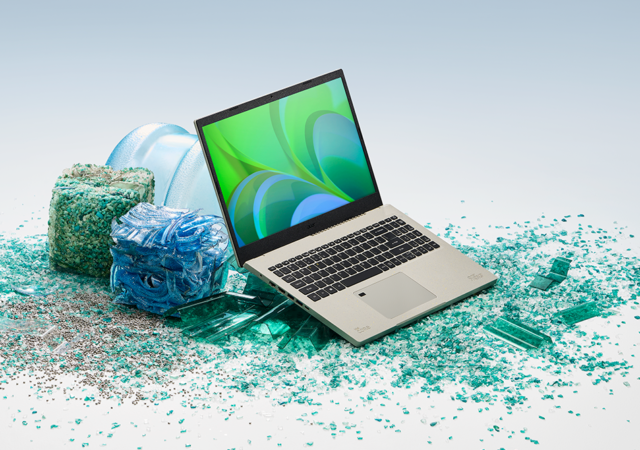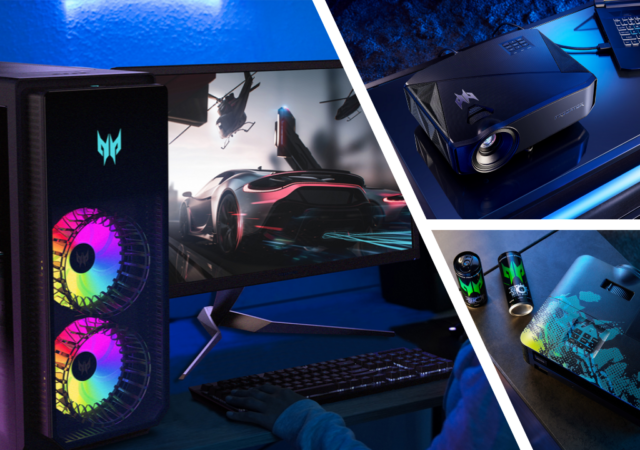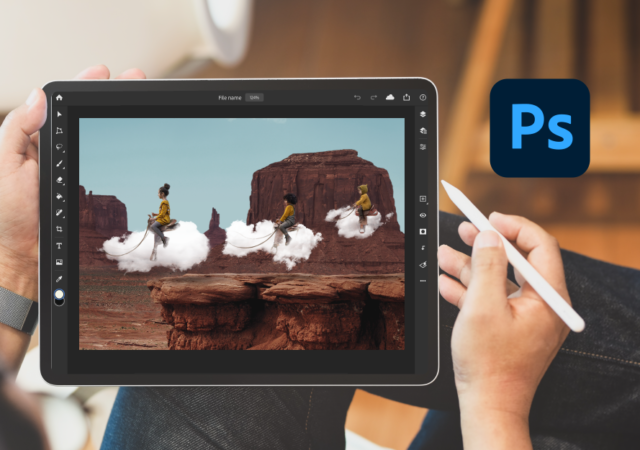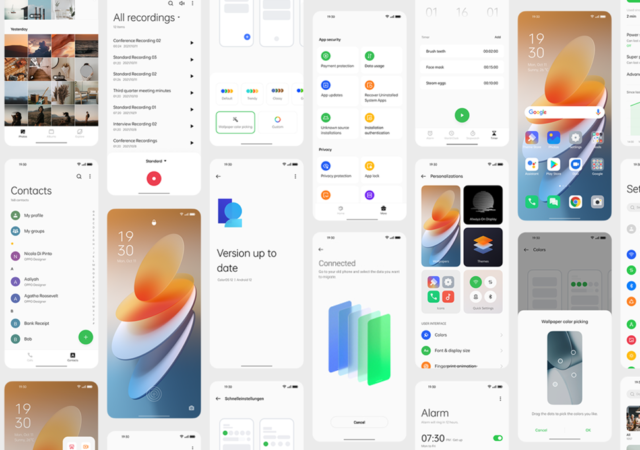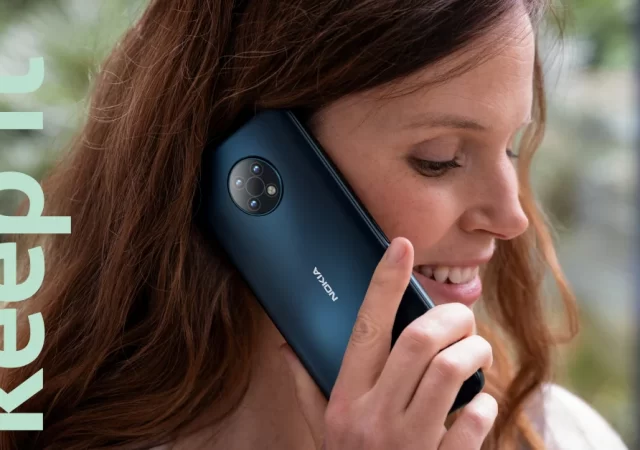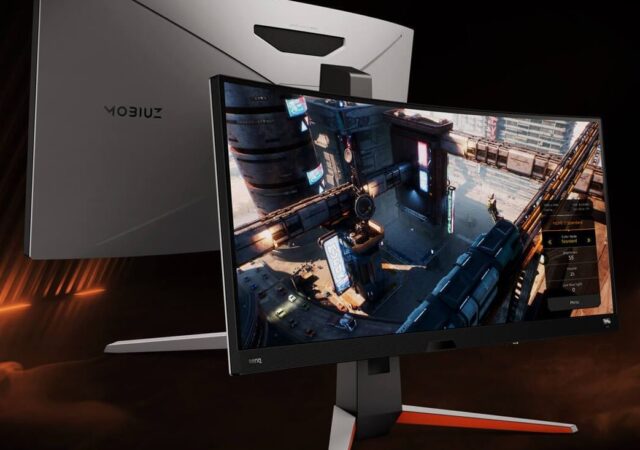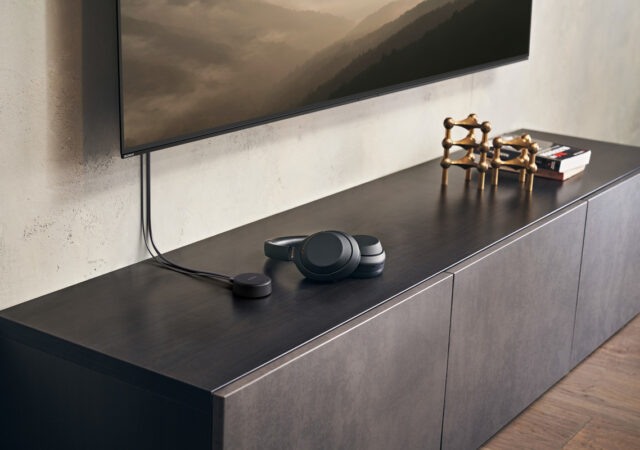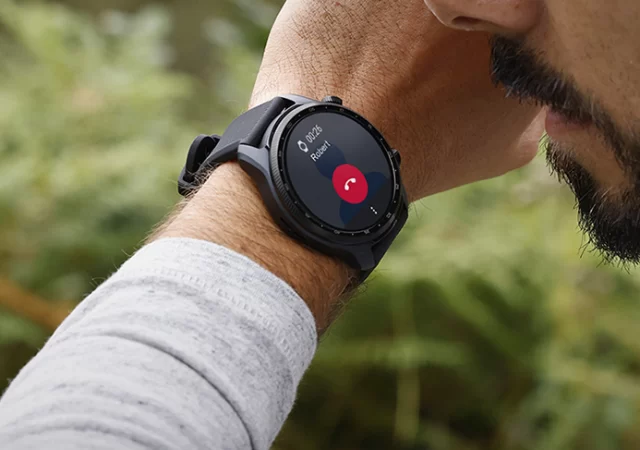Acer launches a complete Vero line-up with PCs made with recyced plastic materials with sustainability in mind.
[next@acer] Acer’s Predator Turns It Up with New LED Gaming Projectors & Orion 7000 Desktop
Acer brings even more gaming experiences with their new additions to the gaming focused Predator line up at their next@acer event.
Adobe Teases the Camera Raw on the Apple iPad’s Photoshop App
Adobe is adding Camera Raw capabilities to the Adobe Photoshop for Apple’s iPad for RAW photo editing capabilities on the go.
GrabPay Gets More Secure
GrabPay is arguably one of the largest eWallets in Malaysia. Now a crucial component of Grab’s “SuperApp”, it’s the primary means of racking up GrabRewards points and paying for services. That said, it’s also one of the features that requires…
OPPO Steps Closer to Stock Android With Global ColorOS 12
OPPO announces the global version of ColorOS 12 which scales back the OS with a focus on compatibility and inclusivity.
Nokia G50 5G Goes Live in the U.S.
HMD Global announces the availability of the Nokia G50, an affordable smartphone with 5G connectivity and a price point which won’t break the bank.
BenQ Launches the MOBIUZ Ultrawide – Everything a Gamer Needs in One MYR 4,688 Monitor!
BenQ releases the new Mobiuz EX3415R 34-inch ultrawide monitor with treVolo speakers, 1ms response time, 144Hz, and 98% DCI-P3 coverage.
The ASUS ROG Phone 5s Series Soon to be Available in Malaysia for MYR 2,999 Onward!
ASUS launches the new ROG Phone 5s series in Malaysia! The new Qualcomm Snapdragon 888+ gaming smartphone starts at MYR 2,999.
Sony Launches the SRS-NS7, a Personal Dolby Atmos Experience
Sony launches the new SRS-NS7 wireless neck speakers with Dolby Atmos, 360 Spatial Audio, and 360 Reality Audio for MYR 1,249.
Dual Screen, Wear OS-powered Mobvoi TicWatch Pro X Arrives in China
Mobvoi introduces its first dual display smartwatch – the TicWatch Pro X – which runs on Wear OS and is powered by the Snapdragon Wear 4100.



